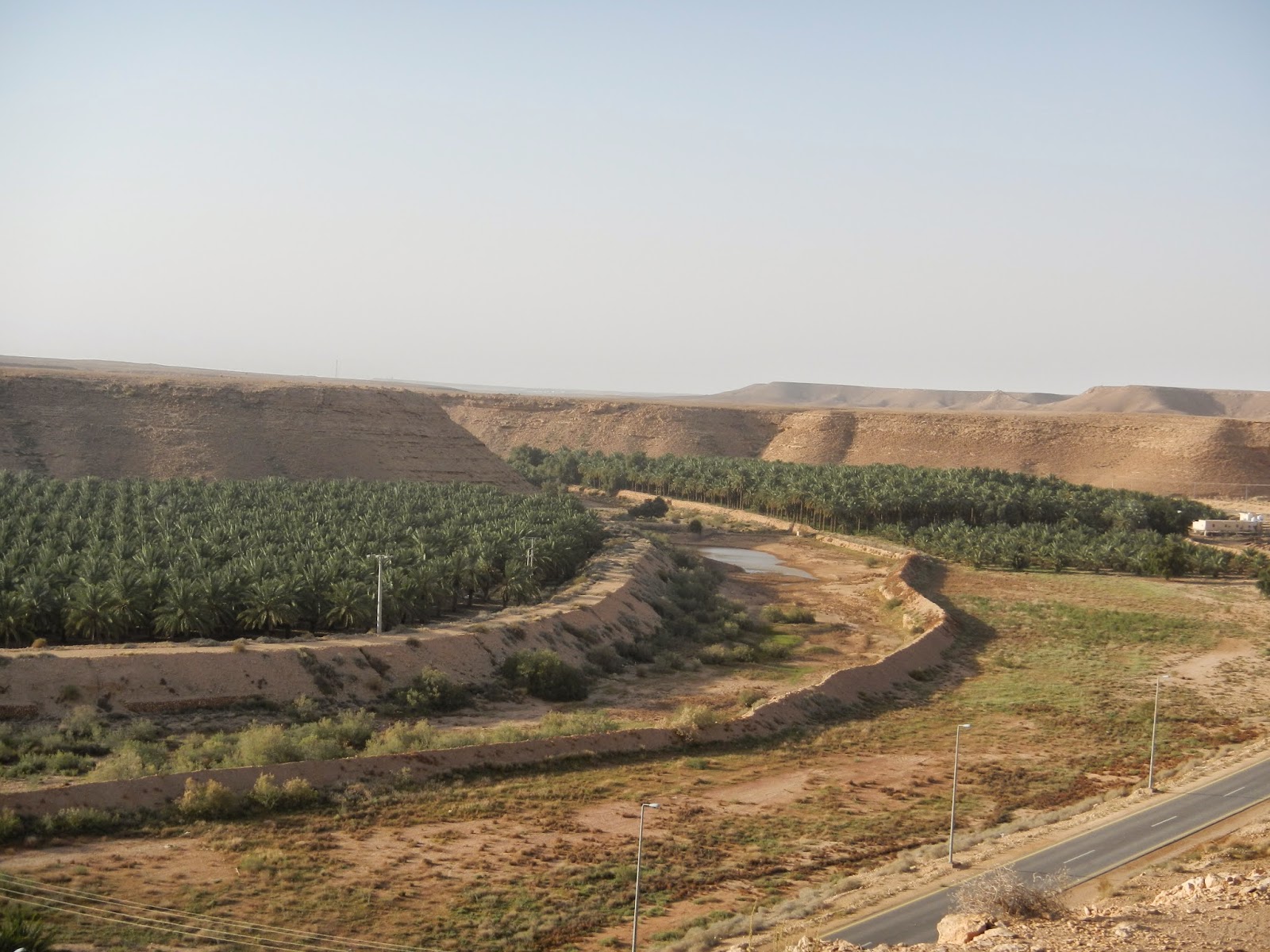Wednesday, October 08, 2014 -  cultural heritage,DePaul University College of Law,disaster relief
cultural heritage,DePaul University College of Law,disaster relief
 No comments
No comments
 cultural heritage,DePaul University College of Law,disaster relief
cultural heritage,DePaul University College of Law,disaster relief
 No comments
No comments
Essay: Thoughts on De Paul University's Arts Law Colloquium "Protecting Cultural Heritage from Disaster"
 |
| Chicago's former St. Boniface Catholic Church closed in 1990. Recently slated to become senior housing, the building's latest development has been stalled yet again. |
Last month, the architectural
marvels of Chicago’s Loop served as the setting for a colloquium on protecting
urban cultural heritage. TheCenter for Art, Museum, and Cultural Heritage Law at DePaul University’s lawschool hosted "Protecting Cultural Heritage from Disaster" on September 22, featuring guest lecturer Ryan Rowberry, Assistant Professor of Law at Georgia State University. His background in cultural heritage law
is certainly influenced by his Rhodes Scholarship in medieval history at
Oxford. Both fields of study
shaped his lecture topic – the preservation of cultural heritage in urban
landscapes.
Professor Rowberry began his talk
with a question that often crosses our minds here at ARCA – why does cultural heritage matter? I found it ironic that he posed such a
question having traveled from Atlanta, a city that has largely forsaken its
connection with the past in the name of downtown economic development. Yet there are those in the Atlanta area
like him who are researching this issue from all sides. In particular he mentioned a study at
Emory University which found that connections to the past help people frame
their own life experience within a much bigger picture. They thus feel stronger for having that
connection. Who knew that cultural
heritage can have a positive effect on community health?
Professor Rowberry’s main focus
was the effect that disasters and population growth are having on cities. Barcelona, Istanbul, LA, and London are
a few examples he used to illustrate the challenges of historic preservation in
the face of explosive population surges.
An ancient city with a proud past, Istanbul’s population has ballooned
to approximately 18 million people in under two centuries. How are these cities, and others like
them, dealing with ever expanding boundaries AND preserving their cultural
property at the same time?
The first step is to know what
you have. Many city and local
governments are starting to develop databases to inventory cultural
property. While it sounds like a
daunting task, the exciting thing about such massive data gathering projects is
that you can engage the public by getting them to help! I loved this part of the lecture the
most because it ties in strongly to the question of HOW to get people to care about cultural heritage. Not everyone will be interested in
what’s happening to a monument half a world away, but they may care about what
happens to that old storefront down the street! I urge you to go online and check out projects like SurveyLA
in Los Angeles or The Arches Project in the UK. There are many others that might be closer to you. Make contact and let them know about an
interesting building or local historical spot they might not have registered
yet. Donate your knowledge, time,
or even some funds!
Reuse of historic structures is
another strategy that is starting to gain support in many cities. In my old Chicago neighborhood there
was one church that had been rebuilt into condominiums and another is currently
slated to be converted into senior housing. Professor Rowberry cited the defunct bullfighting stadium in
Barcelona (the Plaza Monumental) and the efforts of the Emir of Qatar to fund
its conversion into a mosque.
The importance of being prepared
at the government level was also emphasized. Our speaker stressed how crucial it is to streamline lengthy
environmental and historical procedures before the next disaster occurs. I was most skeptical of this third
strategy, and not for lack of thought or detail put into it. I spent several years as a state
employee and I know how hard it is to get governments to practice
foresight. However, it is
important to keep in mind that this was a lecture at a law school. What I flinched at, the dozen or so law
students in attendance were probably eager to sink their teeth into.
The Art Law Colloquium at DePaul
University College of Law was a lunch hour well
spent. A handful of scholars from
Chicago’s museums and universities attended in addition to the legal minds that
were present. Having recently
returned from the ARCA summer program in Amelia I was heartened to know that
there are organizations like the Center for Art, Museum, and Cultural Heritage
Law in cities other than the great art market centers of the world. And in my own hometown, no less! Thanks to Center director Patty
Gerstenblith and her students for hosting this colloquium and to Professor
Rowberry for sharing his time and experience.






















